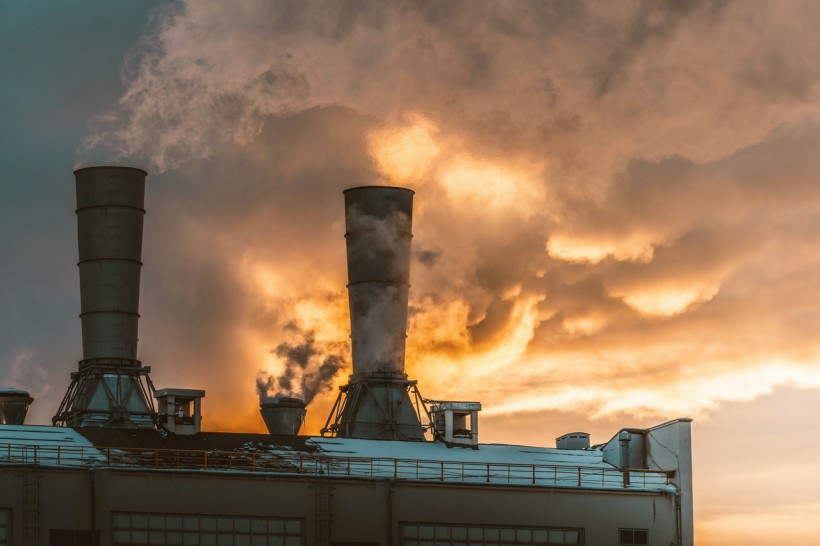Scholars from the Tokyo Metropolitan University created a new carbon capture model that could extract CO2 directly from the atmosphere with a whopping 99 percent efficacy. The system was equipped with isophorone diamine or IPDA, which processes liquid-solid phase separations.
IPDA Sorbent for Carbon Capture Against Climate Change

The IPDA-based carbon capture system was found to catch the damaging chemical from a low-concentrated air with a 99 percent efficacy. The sorbent compound utilized for the model could be reused with minimal heating and runs the system twice as fast as the current carbon capture technologies available today, EurekAlert reports.
Climate change has impacts that are seemingly impossible to fix. But even if mitigating these unwanted shifts is challenging, many studies continue to develop statistics and technological innovations that would help our lifestyles and policies reduce the factors that induce climate issues, including carbon emissions.
Many scientists found that the planet can become net-zero emission through these efforts. In this approach, we would be able to cut off and eventually eliminate the absurd amount of carbon dioxide in the atmosphere.
Today, experts eye carbon capture as the most effective solution against global warming. This technology is still being developed in every possible way that we can. Along with catching the CO2 from the air, there are additional ideas in which these toxic chemicals would be stored or converted into useful functions.
Maintaining efficiency is one of the hardest challenges in developing a carbon capture system. Most of the models proposed in the past do not meet the criteria regarding the maximum utilization of the components and the minimal exert of byproducts.
ALSO READ: Hot or Cold Temperature May Affect Your Amount of Sleep, New Study Reveals
Fastest Direct Air Capture Processor
The direct air capture (DAC) systems present today have very slow sorbents catching and processing atmospheric carbons. Aside from incompatibility with harsh concentrations of carbon dioxide, these existing sorbents also face difficulties maintaining the chemical for creating sustainable recyclables. Lastly, most carbon capture systems eat a lot of energy when catching pollutant molecules from the air.
With that said, scientists from Tokyo Metropolitan University, led by chemist Seiji Yamazoe, assembled a new DAC model specializing in liquid-solid phase separation. The technology contrasts with conventional ones that rely on slow processes, including air-bubbling methods.
The liquid-solid separation system offers a much higher efficacy in capturing carbon, as it produces insoluble materials that could be extracted as solids. It does not accumulate products in the liquid, and the reaction speed is much greater.
The optimization in this model speeds up the process over high concentrations of carbon dioxide at around 400 parts per million to about 30 percent. The IPDA sorbent could convert 99 percent of these collected carbons to solid carbamic acid precipitate and requires only 60 degrees Celsius of heat to release the CO2 and recover the original liquid, reports NewAtlas.
The technology could process carbon capture twice the leading DAC models available today, making it the fastest system that caters to low concentration carbon dioxide.
The study was published in the journal ACS Environmental, titled "Direct Air Capture of CO2 Using a Liquid Amine-Solid Carbamic Acid Phase-Separation System Using Diamines Bearing an Aminocyclohexyl Group."
RELATED ARTICLE: UN-Backed Floating City Soon to Rise in South Korea by 2025 to Help Survive Rising Sea Levels and Withstand Category 5 Hurricanes [IMAGES]
Check out more news and information on Climate Change in Science Times.














